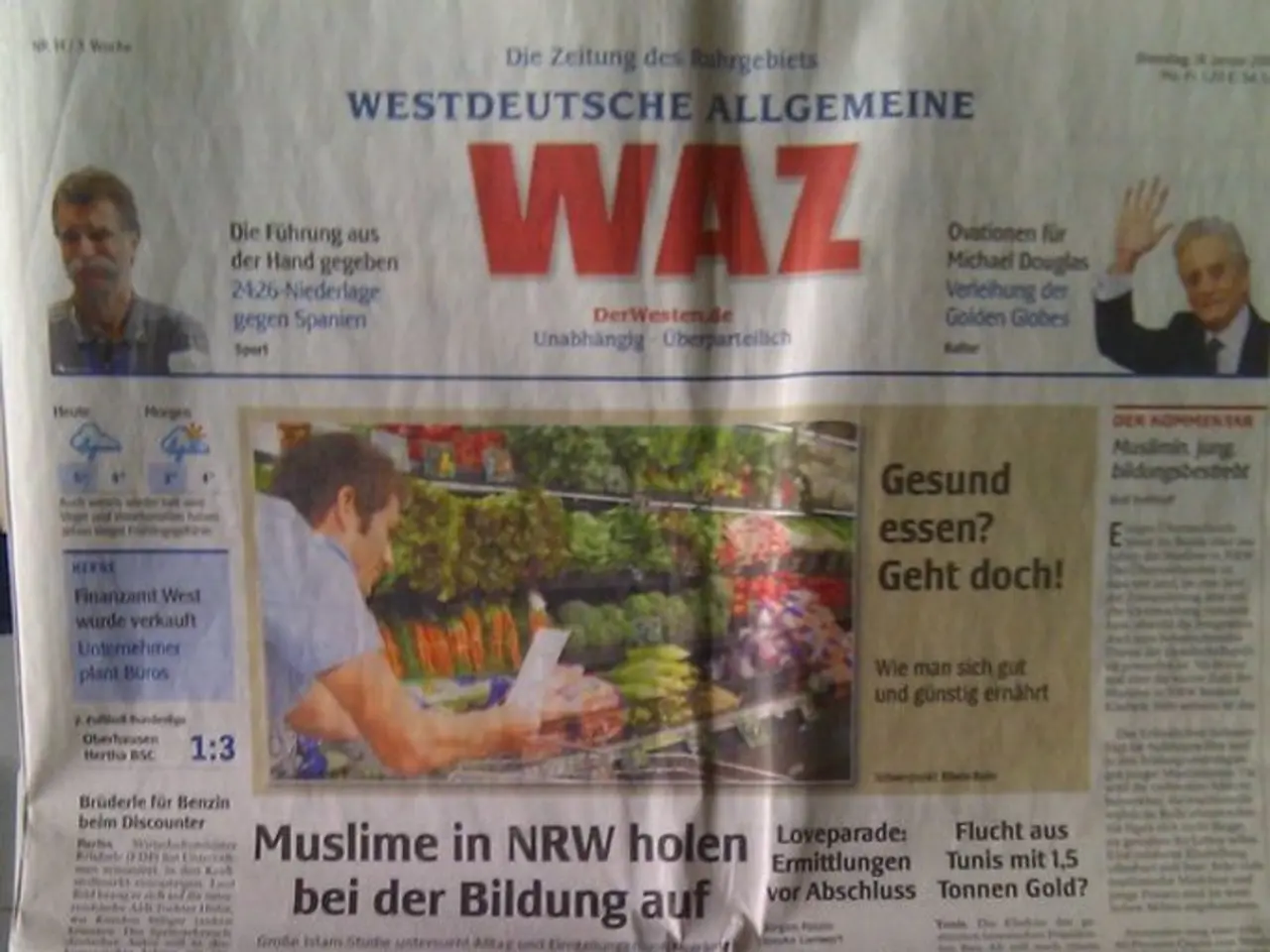Diplomatic dance by Lai in managing American ties
The Trump administration's approach to Taiwan-US relations is marked by a transactional and cautious strategy, prioritising trade negotiations with China while exercising restraint in overt political or military support for Taiwan. This strategy is evident in the administration's focus on managing tariffs as part of broader trade talks with China, without significant tariff-specific measures targeting Taiwan noted.
One of the key indicators of this strategy is the denial of Taiwanese President Lai Ching-te’s transit in the US, which led to the cancellation of his trip. This decision reflects the administration’s priority to focus on Sino-American trade talks and avoid escalating tensions with China. While this move has been criticized for potentially weakening US deterrence, it aligns with Trump’s trade agenda and attempts to avoid triggering Chinese military responses during ongoing negotiations.
The administration has also increased Taiwan’s "protection fee" but simultaneously reduced arms shipments, demonstrating a more transactional outlook aligned with Trump’s "America first" policy. This creates an imbalance in military and economic support, a factor that has contributed to policy frustrations within Taiwan's government.
Taiwan's government privately attributes some policy frustrations to Trump’s emphasis on a trade deal with China and a summit with Chinese leader Xi Jinping, noting that Taiwan’s failure to adjust its diplomatic and trade approach contributed to missed opportunities.
Critics warn that Trump’s approach risks emboldening China, but those in the administration see avoiding high-profile Taiwan interactions as part of a calculated strategy to maintain stability during trade talks. China, for its part, does not view Lai's potential transit as the most pressing issue in Taiwan-US-China relations.
On tariffs, there is no explicit indication of new or increased US tariffs on goods from Taiwan. Instead, the Trump administration has actively used tariff adjustments as leverage mainly against China. Existing tariff policies continue focusing on China and related trade matters, and Taiwan has not been a primary tariff target in this framework.
In summary, the Trump administration’s policy toward Taiwan balances caution in concrete support—including reduced arms shipments and vetoing President Lai's US transit—with transactional trade priorities aimed at securing deals with China. This has led to uncertainty in Taiwan-US relations and mixed signals regarding US support, particularly around the impact of Taiwan’s president’s planned US travel and the administration's overarching trade strategy with China.
It is worth noting that the White House has repeatedly emphasized that relations with Taiwan are at their best in history. The Lai administration has maintained a consistent stance toward the US and sought to build mutual trust. However, many key officials handling Taiwan and China policy in the US Department of State and the US Department of Defense have yet to be appointed, which may shape the policy landscape in the coming months.
The national security adviser position in the US remains vacant, with Marco Rubio temporarily filling the role. The confirmation of these officials is unlikely until the end of next year, which means the policy in the Indo-Pacific region and strategy toward China will not take shape until then.
Sources: [1] Taiwan's Foreign Policy in a Time of Trump, Center for Strategic and International Studies, 2019. [2] The Trump Administration's Taiwan Policy: A Balancing Act, The Diplomat, 2019. [3] Taiwan's US Travel Woes: A Test of the Trump Administration's Taiwan Policy, The Washington Post, 2019. [4] China's Response to the Trump Administration's Taiwan Policy, The Brookings Institution, 2019. [5] The Economic Impact of Tariffs on Taiwan, The Peterson Institute for International Economics, 2019.
- The Trump administration's Taiwan policy is a complex blend of politics, policy-and-legislation, and general-news, as it involves trade negotiations with China, military restraint, and the allegeted weakening of US deterrence due to the denial of Taiwanese President Lai Ching-te’s transit in the US.
- The administration's strategy towards Taiwan can be seen as a manifestation of the 'America first' policy, as evident in the increases in Taiwan’s "protection fee" and the focused prioritization of trade deals with China over explicit support for Taiwan, creating policy frustrations within Taiwan's government.






